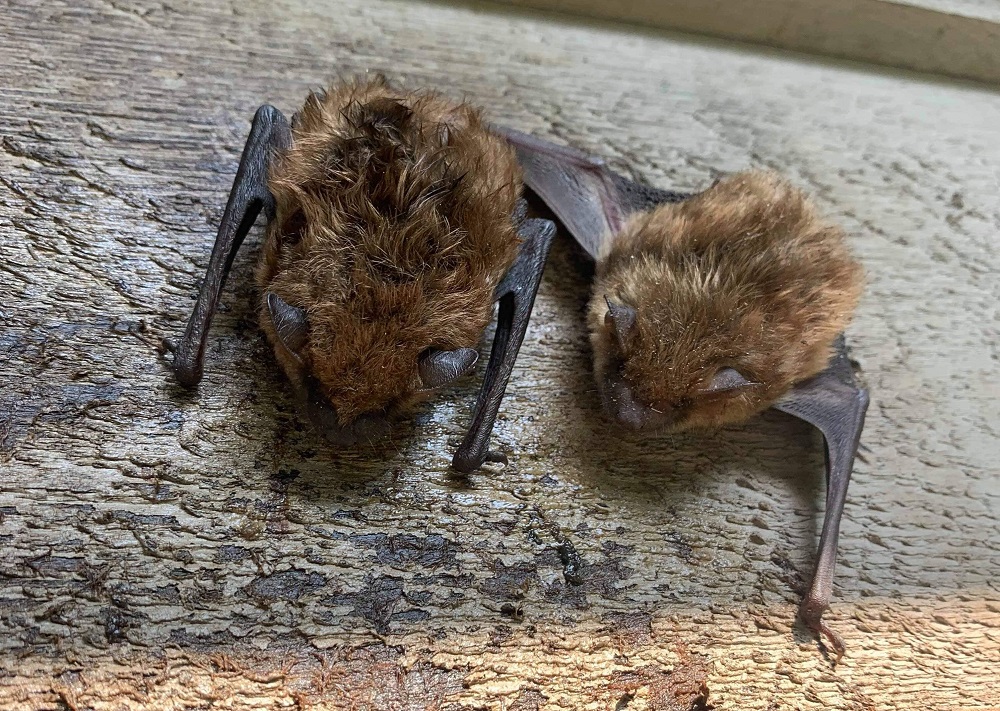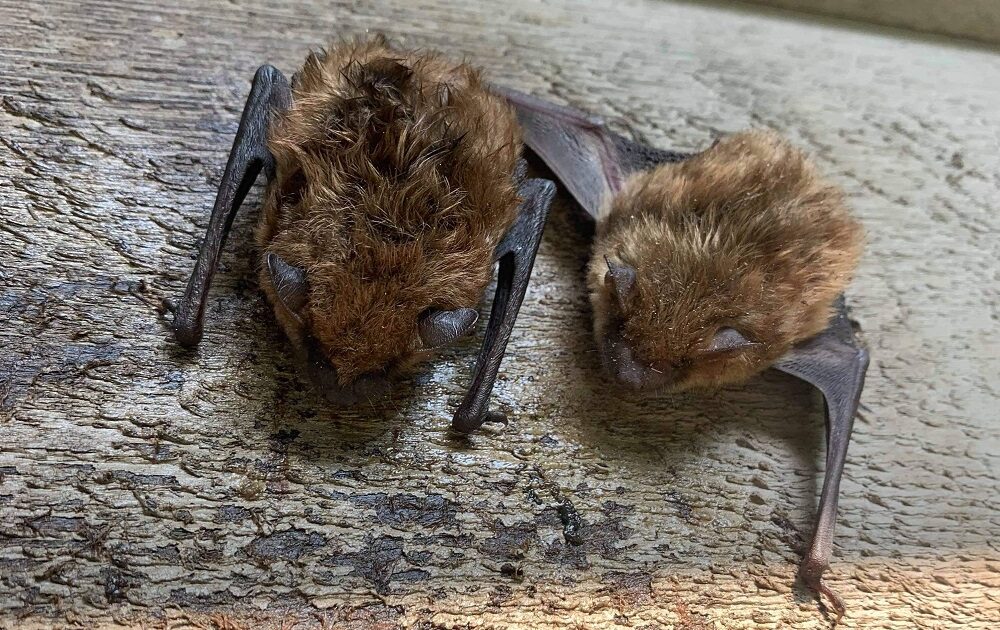Bats tend to get a bad rap when it comes to how the general population views them. Pop culture demonizes bats and tells us to fear them, but these mammals are largely misunderstood. They provide invaluable ecosystem services. We depend on them for a healthy environment and for the food we put on our plates.
Bats eat anywhere from 6,000-8,000 insects every single night. Imagine the mosquito bites you’d get on a sticky July evening without bats around. What many people don’t know is there are numerous species that are pollinators. Their existence keeps trees and plants alive, and they keep our crops in the fields growing. The problem is that many bat species are threatened or endangered. Rather than turning them into our enemies, we need to work on protecting and saving them. Fortunately, efforts are underway, and younger generations are getting involved.
What Is Threatening Bat Populations?
One primary threat is people. For decades now, our growing population and rapid urbanization have encroached on bat habitats, placing us in increasing contact with these species. Bats merely looking for a place to call home and raise their families are setting up residence in houses and businesses. When people try to take care of the issue themselves, it often results in harm to the bats and even death to their babies. If you have bats in your attic, humane bat removal experts in Milwaukee can ensure no injury comes to adults or offspring while still keeping your family safe.
An even larger threat in recent years is the appearance of white-nose syndrome. WNS is a fungal disease that attacks bats when they are in hibernation. The illness leads the bats to become more active than normal, and they expend valuable energy that burns up fat that would otherwise help them survive the winter. Millions of bats have died from WNS in North America.
What Is Being Done To Help Bats?
WNS has no cure. The disease causes more bat deaths in North America than in any other region where it is found, and researchers are unsure why. Globally, work is being done to protect bats from the fungus. Scientists are experimenting with vaccines and other possible interventions, as well as looking for ways to alter habitats to provide safe spaces and reduce additional threats to bats from other sources.
Habitat Conservation
In places where bats are listed as threatened or endangered, efforts are being made to conserve their environments. The Endangered Species Act requires special care to be taken in habitats where endangered bats live. Any activity conducted in the area that poses a threat to bat safety is tightly controlled and monitored. Providing for a wider range of living environments can improve bat survival rates in general. In addition, understanding how the fungus survives and spreads can lead to measures that control its movements to new environments.
Bat Boxes
Bats need dark spaces protected from predators to have their babies and ride out the winter months. Initiatives are underway to construct boxes designed with bats in mind. With the help of skilled and knowledgeable adults, younger generations can take part in these efforts. In northern Minnesota, a group of Boy Scouts worked with area experts to construct bat boxes that mimic the high tree spaces local bats prefer. The opportunity to be included in such an important program gives kids a good foundation for understanding and respecting bats. When young people get involved, they carry the values they learn in their experience into adulthood.
Skedaddle Humane Bat Removal Milwaukee
At Skedaddle, we care about wildlife and want to preserve and protect the planet’s bats. Our process is truly humane. We ensure bats are removed in a manner that keeps adults and offspring safe and families together. To find out more about our services or to schedule an appointment contact us today!




